Bladder gravel means that there are small crystals in the cat's urine, which can best be compared to fine sand. Bladder stones, on the other hand, can range in size from a few millimeters to a few centimeters. Bladder stones in cats often appear in combination with a bladder infection, while bladder stones more often lead to problems such as constipation.
How are bladder stones and bladder stones formed in cats?
In cats, two types of stones and/or grit are most common; struvite and calcium oxalate. The exact cause of the formation of bladder stones or bladder stones is not fully understood. Cats have been shown to have a personal sensitivity to the creation of grit or stones. It's also true that cats are very good at concentrating their urine. Concentrated urine often has a higher pH, which can lead to the formation of stones or sand. A cat's urine is often more concentrated when they are fed mostly dry food. Since cats drink very little themselves, they absorb less liquid if they are only fed dry food. Cats that are sometimes fed wet food absorb more moisture, resulting in urine that is less concentrated. However, it is not advisable to only give wet food. This often leads to other problems such as tartar and plaque build-up and can also lead to kidney problems due to the (often) higher salt concentrations.
How Do I Identify Bladder Stones and Bladder Stones in My Cat?
Both bladder stones and bladder stones cause problems that can be very similar to a bladder infection, such as frequent urination in small amounts. In addition, your cat may have one or more of the following symptoms: urinating next to the bowl, painful urination, straining (not to be confused with straining) and/or bloody urine.
Bladder stones can become lodged in the urethra, especially when you have a hangover. This is narrower and longer in male animals than in female animals. In addition, in males (and other male animals in general) the urethra also runs through the prostate and males have a bone in the penis. There are about three places bladder stones can get stuck in a hangover. This increases the likelihood of constipation due to bladder stones in a hangover. You can recognize constipation in a hangover if your cat has not urinated for a day, squeezes the urine without anything coming out and these hangovers are often restless too. Hangovers with constipation are called "pee hangovers" and are by definition an emergency. If you think this is the case, you need to see a vet urgently. Cats with constipation can die within 24 hours as a result of constipation!
How Are Bladder Stones in Cats Diagnosed?
Diagnosing bubble crystals is often relatively easy. First, the vet will physically examine the cat. After examining your cat, the vet will examine the urine under a microscope, which will clearly show the bladder debris and your vet can even tell what type of debris it is.
If you bring some fresh urine yourself, your vet can examine it immediately. Fresh urine is urine that is not older than 4 hours. Acidity levels can change as the urine ages, which can cause your vet to get the wrong idea of the situation and possibly even apply the wrong treatment.
How Are Bladder Stones in Cats Diagnosed?
Bladder stones are more difficult to diagnose because they are not normally excreted in the urine and therefore remain in the bladder or urethra. Stones can only be detected on ultrasound or X-ray. An X-ray does not show all types of stones and the diagnosis can easily be missed. Therefore, it is better to have an ultrasound scan.
In the case of a urinary hangover, the first step is often to relieve the pressure in the bladder. This is usually done by inserting a urinary catheter into the urethra and into the bladder. Sometimes this is not possible and the best solution is to puncture the bladder with a needle. After your cat's bladder is empty, your vet can examine the urine.
How Are Bladder Crystals and Bladder Stones Treated?
Struvite is very easy to treat, both the stones and the grit can be dissolved with a special diet. This diet lowers the pH of the urine, thereby dissolving stones and grit. If a stone becomes lodged, the first thing you need to do is get your cat to urinate normally again. In this case, it is impossible to wait for the diet to dissolve the stone. There is a very good chance that the sand or stones will come back when the diet food is stopped. That is why it is recommended to give this diet for life.
Calcium oxalate stones must be surgically removed. After the stones are removed, one can tell what type of stone it is (in rare cases, cystine stones and urate stones are also found). If the vet knows what the stones are, they will know what steps to take to reduce the risk of them coming back.
What does my cat's future look like?
The more an animal drinks, the less likely it is to develop bladder stones and bladder stones. Wet food is better than dry food. Special bladder meal diets ensure that your cat drinks more. There are also fountains so your cat can drink more. As previously mentioned, maintenance diets are not always sufficient to keep stones or grit away.
This text was translated by a translation machine
 Horse Pharmacy
Horse Pharmacy Rugs
Rugs Care
Care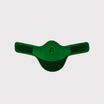 Saddle and Attachments
Saddle and Attachments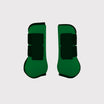 Leg Protection
Leg Protection Bridles
Bridles Feed
Feed Fly Masks
Fly Masks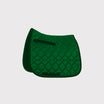 Saddle Pads
Saddle Pads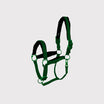 Headcollars and Ropes
Headcollars and Ropes Bits
Bits Other Disciplines
Other Disciplines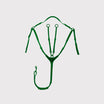 Reins and Auxiliary Reins
Reins and Auxiliary Reins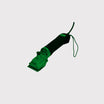 Clipping
Clipping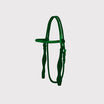 Western
Western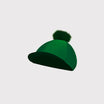 Eventing
Eventing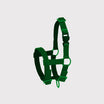 Foals
Foals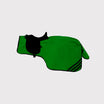 Reflection
Reflection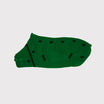 Therapy Products
Therapy Products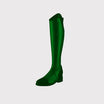 Boots and Shoes
Boots and Shoes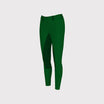 Breeches and Belts
Breeches and Belts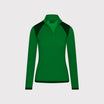 Tops
Tops Safety
Safety Competition
Competition Heated Clothing
Heated Clothing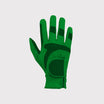 Gloves
Gloves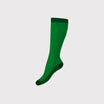 Socks
Socks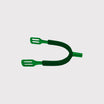 Spurs and Attachments
Spurs and Attachments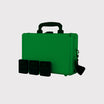 Technology
Technology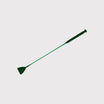 Whips
Whips Gifts
Gifts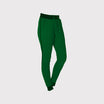 Casual Wear
Casual Wear Underwear
Underwear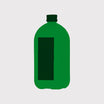 Rider Pharmacy
Rider Pharmacy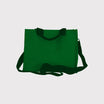 Bags
Bags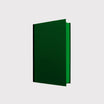 Books
Books Laundry supplies
Laundry supplies Jewelry
Jewelry Feed and Waterbowls
Feed and Waterbowls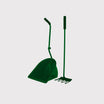 Equipment
Equipment Tack Room
Tack Room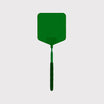 Pest Control
Pest Control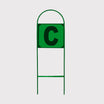 Arena
Arena Horse Toys
Horse Toys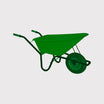 Wheelbarrows
Wheelbarrows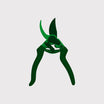 Yard
Yard Surveillance
Surveillance Disinfect
Disinfect Washing Area
Washing Area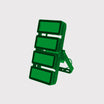 Lighting
Lighting Horse Pasture
Horse Pasture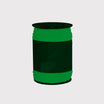 Current Conductors
Current Conductors Pole
Pole Insulators
Insulators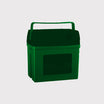 Energisers
Energisers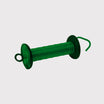 Gate Handles
Gate Handles Batteries and Accumulator
Batteries and Accumulator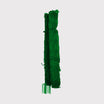 Nets
Nets Grounding
Grounding Tools
Tools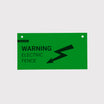 Fencing Security
Fencing Security Wolf Defense
Wolf Defense Fencing Sets
Fencing Sets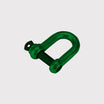 Fence locks
Fence locks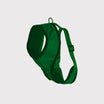 Dogs
Dogs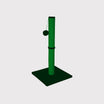 Cats
Cats Rodents
Rodents Dogs Pharmacy
Dogs Pharmacy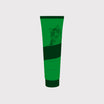 Cats Pharmacy
Cats Pharmacy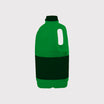 Rodents Pharmacy
Rodents Pharmacy Cattle Pharmacy
Cattle Pharmacy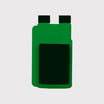 Poultry Pharmacy
Poultry Pharmacy Veterinary Supplies
Veterinary Supplies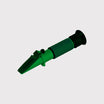 Cattle
Cattle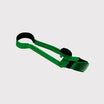 Sheep and Goats
Sheep and Goats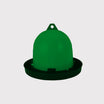 Poultry
Poultry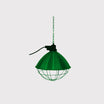 Heat Lamps
Heat Lamps Calves
Calves Marking
Marking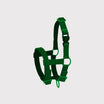 Halters
Halters